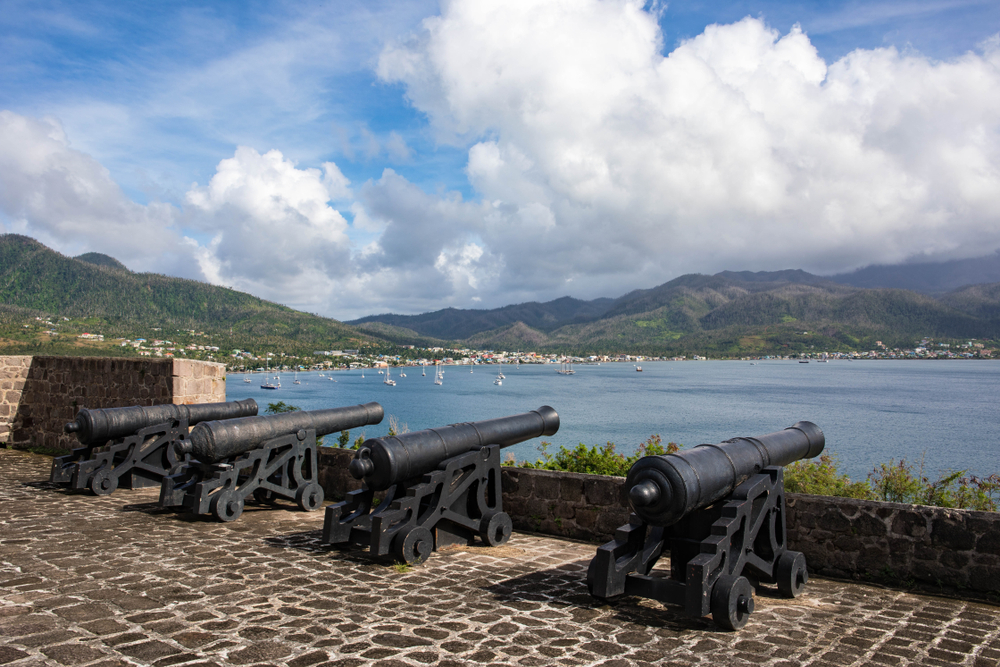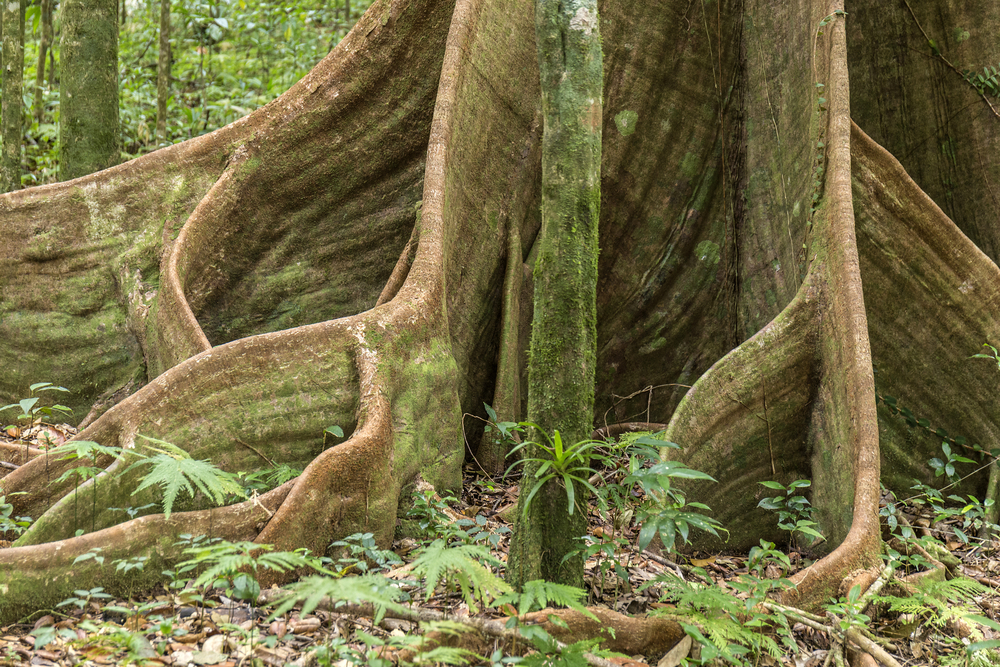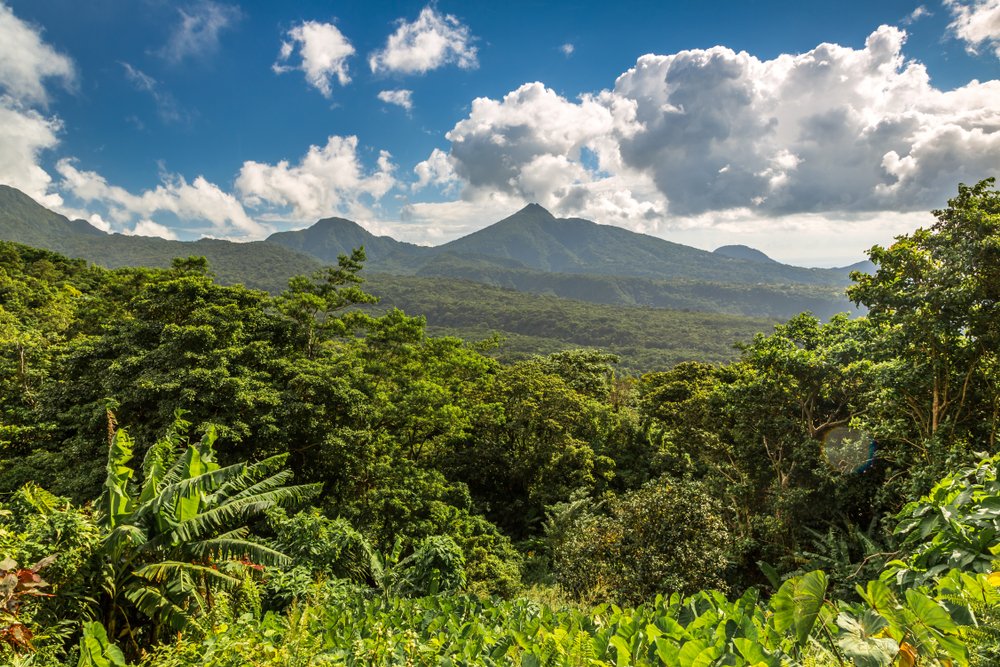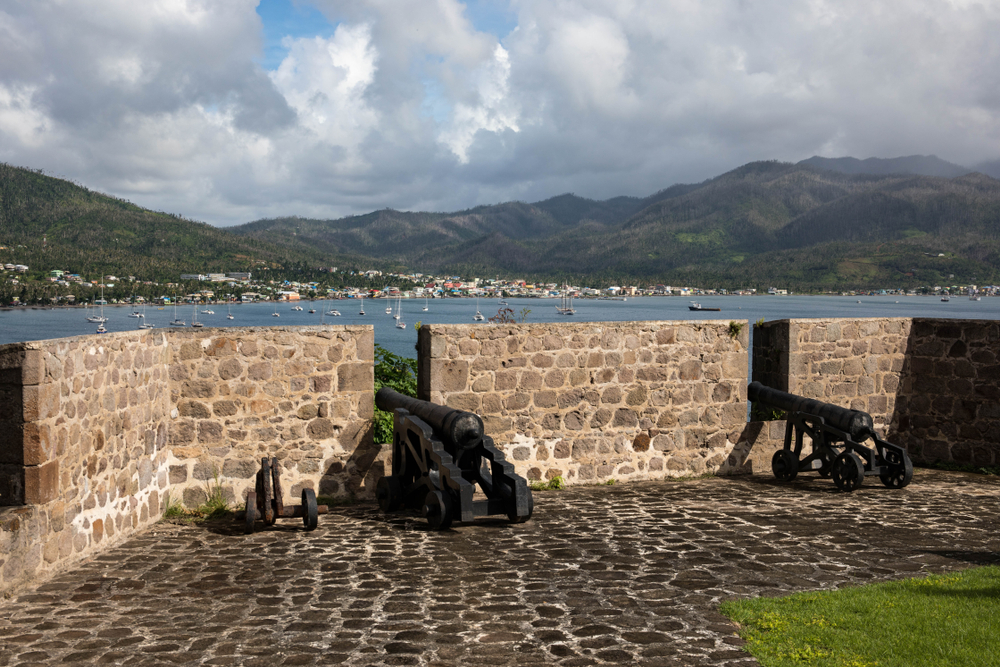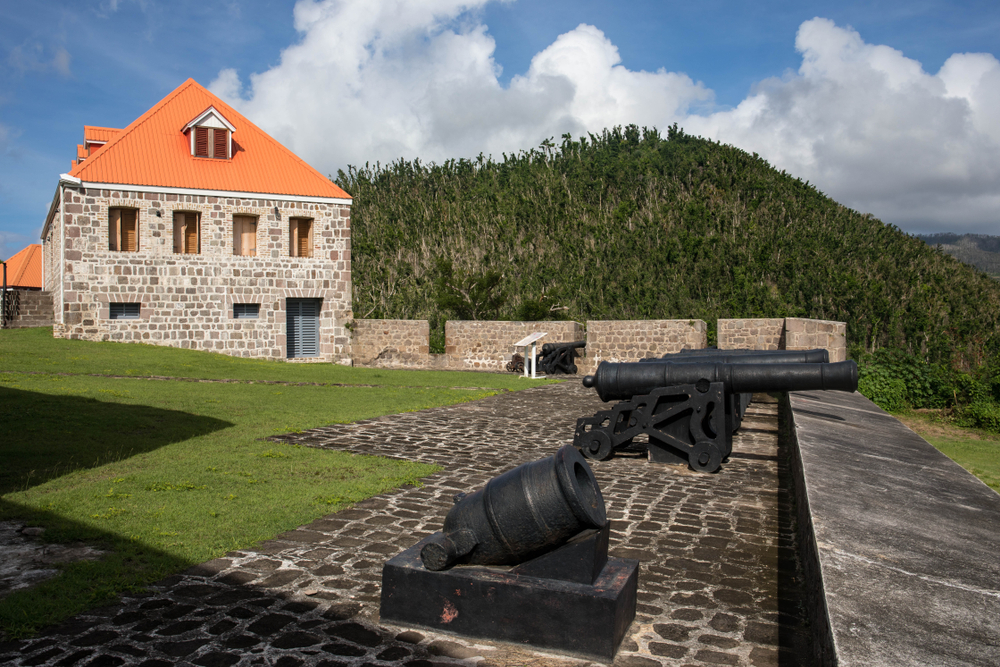Cabrits Overview
Cabrits National Park, locally known as Parc National Cabrits, is located on the northwestern coast of Dominica, near the town of Portsmouth. Covering an area of 1,313 acres (approximately 2.05 square miles or 5.3 square kilometers), this national park is renowned for its rich biodiversity, historical significance, and stunning landscapes. The park protects both terrestrial and marine ecosystems, offering a blend of mountainous terrain, dense forests, and coral reefs.
The landscape of Cabrits National Park is defined by its volcanic origins, with two prominent headlands known as the Cabrits, which rise above the surrounding lowlands. The park is also home to tropical rainforests, swamplands, and mangroves, which create a diverse habitat for a variety of plant and animal species. Visitors can hike through lush trails that lead to panoramic viewpoints of the Caribbean Sea and explore remnants of Fort Shirley, a historic 18th-century British garrison that has been partially restored and is a key attraction within the park.
The vegetation in Cabrits National Park includes a mix of tropical hardwood trees, ferns, orchids, and towering palms. The coastal areas are lined with mangroves, which serve as a critical buffer for the island’s shoreline and provide shelter for various marine species. Inland, the rainforest is home to rare plants and provides a habitat for a diverse array of wildlife.
The wildlife in Cabrits National Park is equally impressive, with species such as iguanas, agoutis, and crab-eating raccoons frequently spotted in the forested areas. The park is also a haven for birdwatchers, with species like the Imperial parrot and red-necked parrot inhabiting its rainforests. The marine portion of the park offers vibrant coral reefs and abundant marine life, making it a favorite spot for snorkeling and diving enthusiasts.
Park Map
Cabrits National Park Highlights
Related National Parks More Dominica
Sources
- All Trails, Best Trails in Cabrits National Park, https://www.alltrails.com/ar/parks/dominica/saint-john/cabrits-national-park, retrieved August 2024.
- A Virtual Dominica, Cabrits National Park, https://www.avirtualdominica.com/dominica-directory/cabrits-national-park/, retrieved August 2024.
- Forest, Wildlife & Parks, Cabrits National Park, https://forestry.gov.dm/sites/25-cabrits-national-park, retrieved August 2024.
- Lonely Planet, Cabrits National Park, https://www.lonelyplanet.com/dominica/portsmouth/attractions/cabrits-national-park/a/poi-sig/1394982/358043, retrieved August 2024.
- Wikipedia, Cabrits National Park, https://en.wikipedia.org/wiki/Cabrits_National_Park, retrieved August 2024.








































































